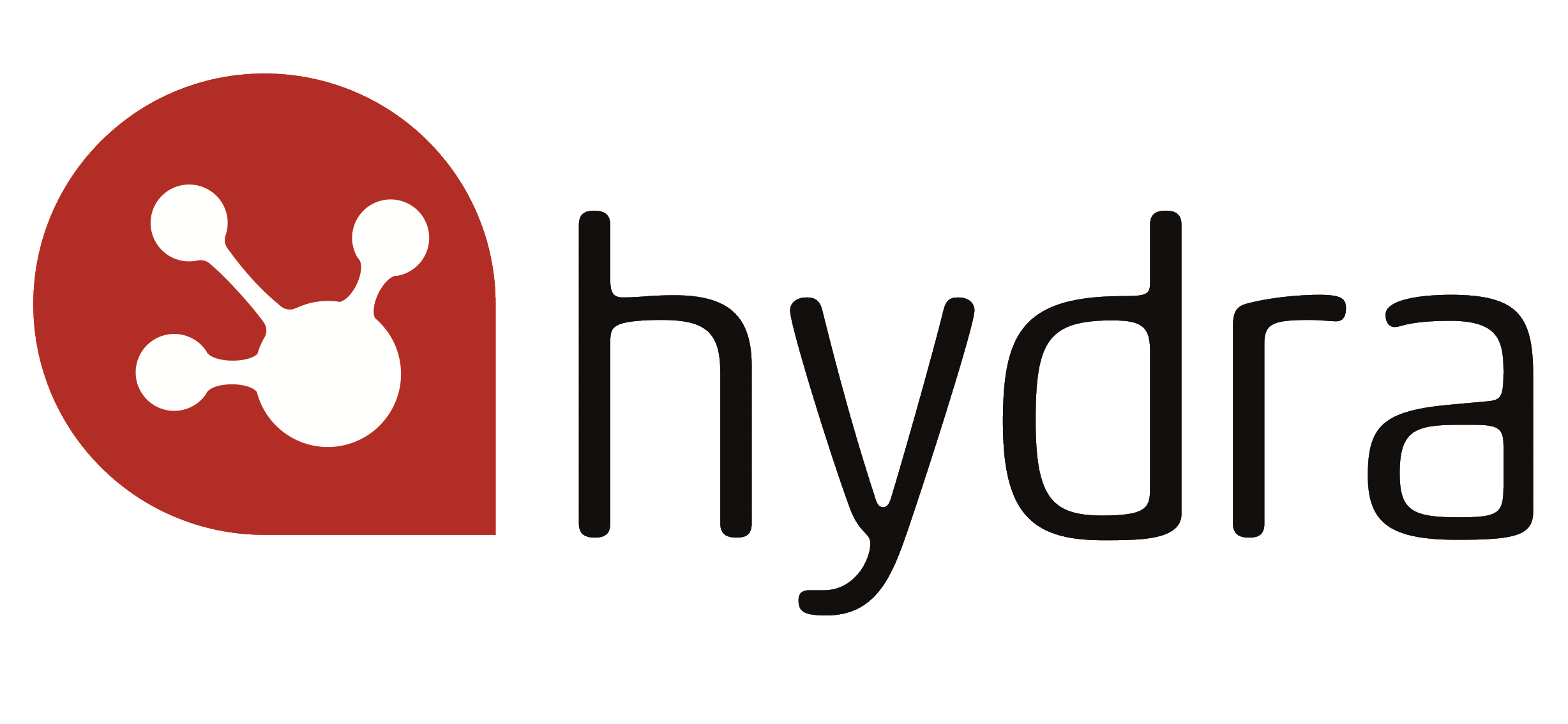5 steps to better KM communications
A colleague pointed out that I have implemented KM in organisations within three different sectors (humanitarian aid, energy and defence engineering) and asked what my single most common learning was. (All three implementations, applying change management principles, brought sustained change and each took 3 – 4 years).
For me, this single key lesson is summed up in one word – communication. Not just the sense of conveying information, but as a means to engage and inspire so that the organisation is motivated to change. In simple terms it’s about both hearts and minds, and effective communication can make all the difference.
Specifically, some things I have learned include these essential 5 steps to better KM communications.
1. Involve your leaders
Where possible get leaders (both formal and influential thought-leaders) to communicate about KM on your behalf. In some ways my talking about KM doesn’t mean very much because people expect this when you are Head of KM – it matters much more if established business people within the organisation do this. In essence they are helping you with the marketing of KM, so this targeted stakeholder engagement pays off.
In my early days in KM I had recognised the importance of identifying key stakeholders to influence them in their own right, it wasn’t until a little later that I appreciated their value in communicating to the wider organisation.
I once met with a CEO for 20 minutes at the beginning of implementation and he saw the value of KM to the business and how it could be implemented. After this, he sent an email to all staff saying KM is coming, it will be of value and asking people to help me in the upcoming piloting of the various processes and frameworks.
As you can imagine this made a huge difference and it’s important to have senior executives behind you, as well as more junior staff who may also have influence. It’s about getting help in spreading the message - after a while the message becomes widespread.
I recall the International Director of an organisation telling me
“KM as a message started out as a spark here and a small flame there – now the whole organisation is full of KM smoke because so many key people are supporting it”.
You could argue about his choice of metaphor, but the message was clear!
2. Make KM compelling
More generally, you also need a means to describe what KM is in a compelling way in no more than an hour. (I used to say 90 minutes, but I realised as society sped up that I needed to shorten it).
This is so that you can meet with people, individually or in groups, and get across a memorable and impactful message including:
- KM adds lots of value and solves problems that the organisation may have been struggling with for some time.
- KM addresses knowledge needs of the business both today and looking to the future
- KM is both strategic and tactical - and the distinction is clear
- How learning genuinely happens (not simply collecting lessons in a lessons-learned database and forgetting about them) & contributes to innovation
- IT is an enabler to the overall KM approach
- KM roles and processes come together in a holistic system
- KM Implementation is both practical and pragmatic
- KM implementation builds on what already exists, not starting completely from scratch
I’ve learnt to refine this session over the years so that people leave with a vision of what can be done, and they are clear that it’s achievable. To some extent it’s about giving people hope that KM can be done, as more than once I have found organisations who have tried KM before and it hasn’t succeeded – they need hope and the conviction that this time it will be different.
Of course the KM approach is piloted and tailored to the organisation’s business needs and culture, but this session gives a logical foundation to build on.
I once did the session for some senior managers at the start of working for an organisation and one said to me afterwards,
“I’ve been waiting 15 years for someone to come in and say this kind of thing, how can I help you?”
3. Baseline Assessment
I have also found a KM Baseline Assessment performed at the outset to be a powerful means to communicate with staff. In simple terms, the assessment is about finding out what KM outlooks and processes already exist with the organisation, even if some aren’t labelled KM. Topics within the assessment include team & project learning, communities, the use of enabling IT and cultural outlooks.
At first, I saw the baseline assessment as purely a technical exercise to give a view about the status of KM within the organisation. However, I soon realised it served a second purpose; the baseline assessment provides a powerful means of communicating to staff the benefits of strong KM if a better set of assessment scores could be achieved. In short, the baseline assessment provides an effective means to engage and inspire people through an initial vision of what KM could like, and its associated value to the organisation.
The baseline assessment also makes KM seem achievable, defined, logical and pragmatic – and crucially it shows people that to some extent they are doing KM already even if they are not calling it that in some instances.
4. Establish KM Managers
One of the most effective ways of using communication to achieve knowledge flow is by establishing KM Managers around the organisation and getting them to meet on a regular basis.
KM Managers are typically part time and respected staff within projects, functions or accounts. They look after knowledge in their area of the business and getting them to meet every few weeks has proved very effective.
It’s all about the conversations the community of KM Managers have revealing how they can help each other, ask for help and offer advice from across the organisation. All sorts of new and unexpected things can come out as well as more predictable areas of knowledge need & supply.
For example, I saw a KM Manager from a very new defence system meet with another from one that had been in operation for many years. The new system team had identified a set of areas they wanted help with. The meeting showed how the staff from the older system had decades of experience to meet the new team’s needs together with some new insights that hadn’t occurred to them.
Conversation provides knowledge flow, creation, insight and innovation. If KM is reduced to simply collecting Lessons Identified and acting on them, though this is important, then we are missing something - much extra power comes from the socialisation of knowledge and conversations around knowledge needs and suppliers.
Such conversations are also helped by using common KM frameworks and language. This means that KM Managers from very different parts of the organisation can meet and relate to each other - and the barriers to knowledge sharing come down.
The KM team facilitates the meetings between KM Managers from projects, functions and accounts so that they happen on a regular basis. The business knows KM is looking after the administrative aspects of the meetings, such as planning and delivery, so it’s made as easy as possible for the KM Managers to participate.
5. Keep in touch
Lastly, I have found a weekly or fortnightly email to any staff who have shown any interest in KM, written in an engaging way, makes a huge difference in building awareness and support. It outlines news, developments and crediting individuals and teams in the business where they have applied KM in a positive way.
I have done this especially in a couple of organisations and it has grown and passed on to hundreds of people. In one organisation, my manager was even passing it on to the retired community for their interest! Apparently, this was because the email covered all sorts of activities across the company from a different perspective.
Most weeks I would get requests from individuals asking to be added to the distribution list or for permission to pass it on to others.
Again it’s about building energy and awareness and is one of the most effective measures I have found to implement KM in an authentic way. The writing style needs to be informal, even (carefully) using humour where you can – a list of dry facts doesn’t work. If you are a natural writer (which I’m not!) then this can be done quickly, but I have found the time invested in this form of communication pays off well.
... and finally
Much of Change Management to implement KM is about communication - but it needs to be communication that makes a difference. It can’t just be the reporting of data and technical aspects but also needs to be inspiring and energising to achieve proactive & structured knowledge flow as a norm.
More from Paul
How to use knowledge management to future-proof your organisation
Why should you integrate knowledge management in to your business processes?
Free e-book - Are you 'Knowledge Ready?'
Did you know..
- 90% of the knowledge within an organisation remains within the heads of its employees [1]
- Organisation's that are most effective at knowledge transfer improve project outcomes by nearly 35%? [2]
Knowledge management is a difficult challenge that every organisation is faced with. Being able to retain and transfer valuable knowledge in your Business can be the difference between success and failure.
Our free downloadable ebook Managing the Right Knowledge and Managing the Knowledge Right shares the key questions and solutions for improving your knowledge management capabilities to help you become 'Knowledge Ready'.
Download your copy of Managing the Right Knowledge and Managing the Knowledge Right and start your journey to becoming 'Knowledge Ready'.
About Paul
 Paul Whiffen has been working in KM for 20 years, including Head of KM for three organisations in different sectors. He understands the theory and know-how to make KM real and effective from experience gained in both leadership and supporting consultancy.
Paul Whiffen has been working in KM for 20 years, including Head of KM for three organisations in different sectors. He understands the theory and know-how to make KM real and effective from experience gained in both leadership and supporting consultancy.
If you would like to learn more please visit his blog page or connect with him on LinkedIn.
[1] PMO Pulse of the Profession® 2015
[2] Pulse of the Profession® Capturing the Value of Project Management through Knowledge Transfer


